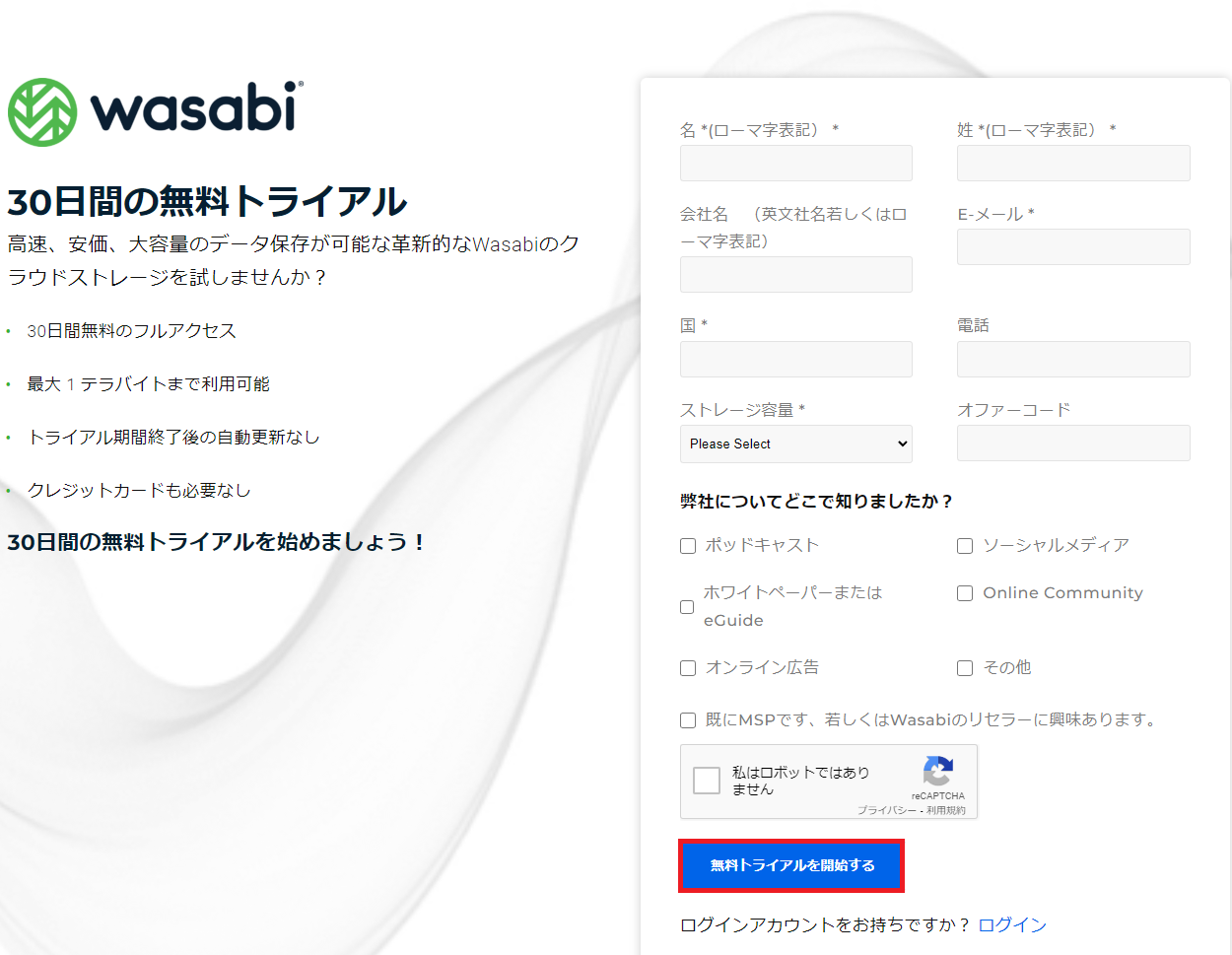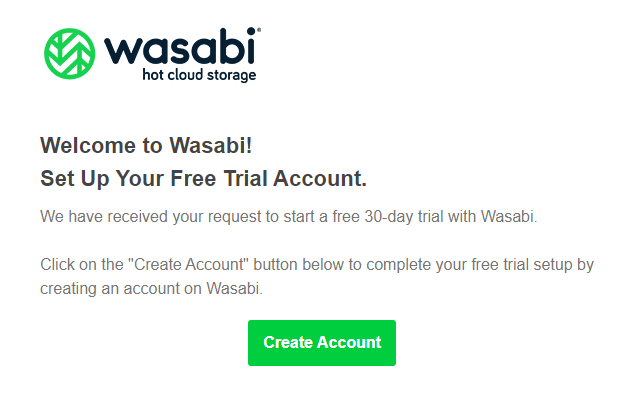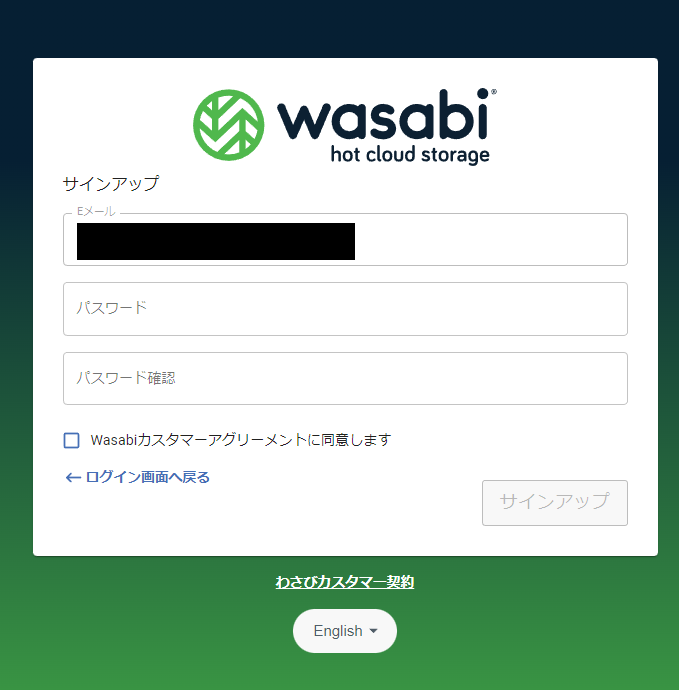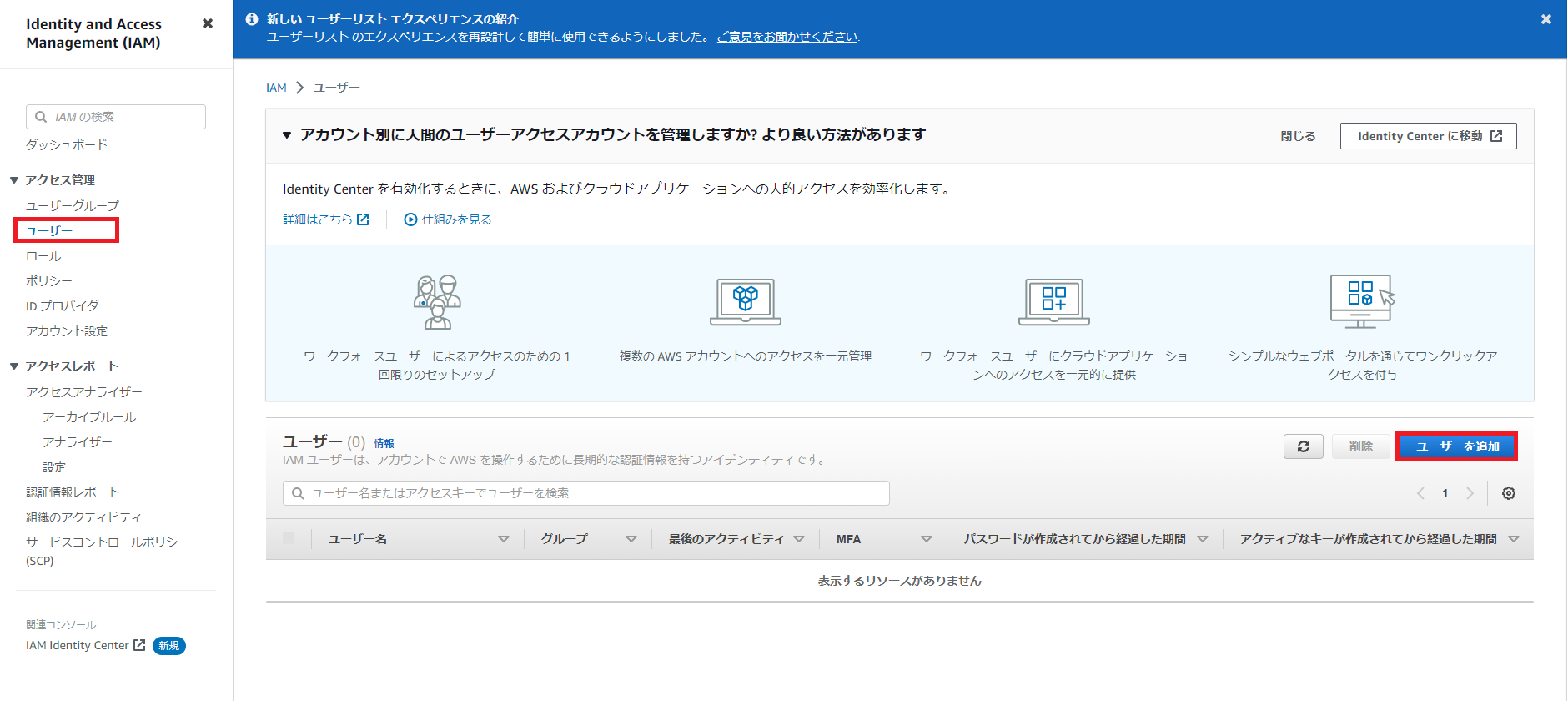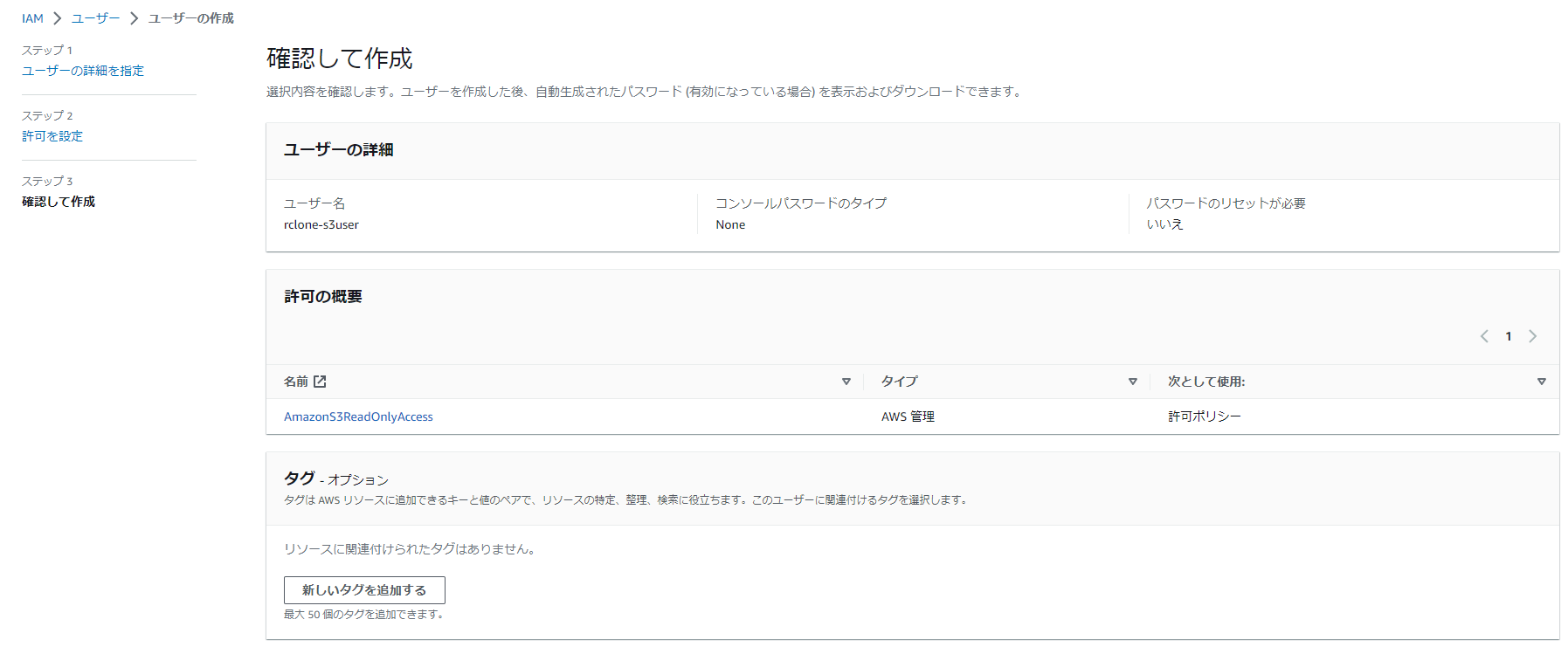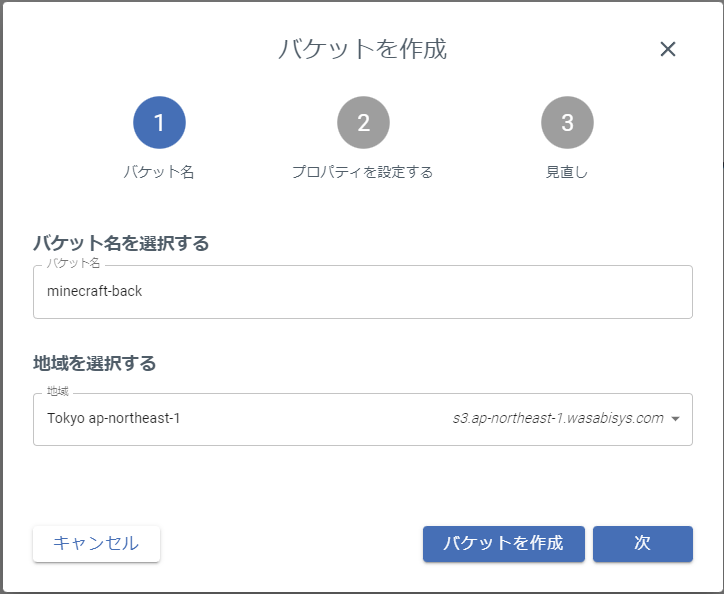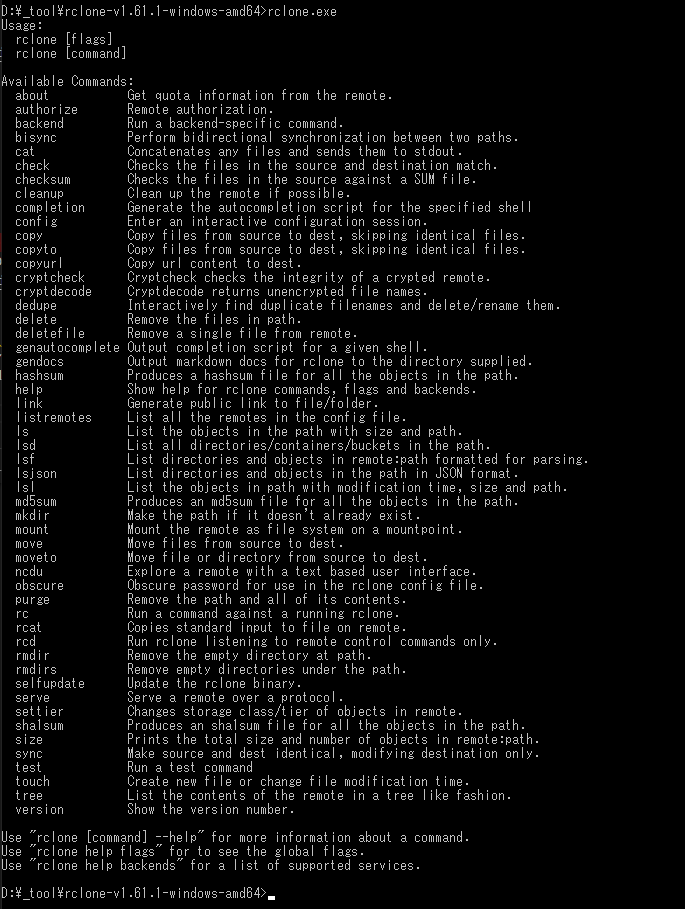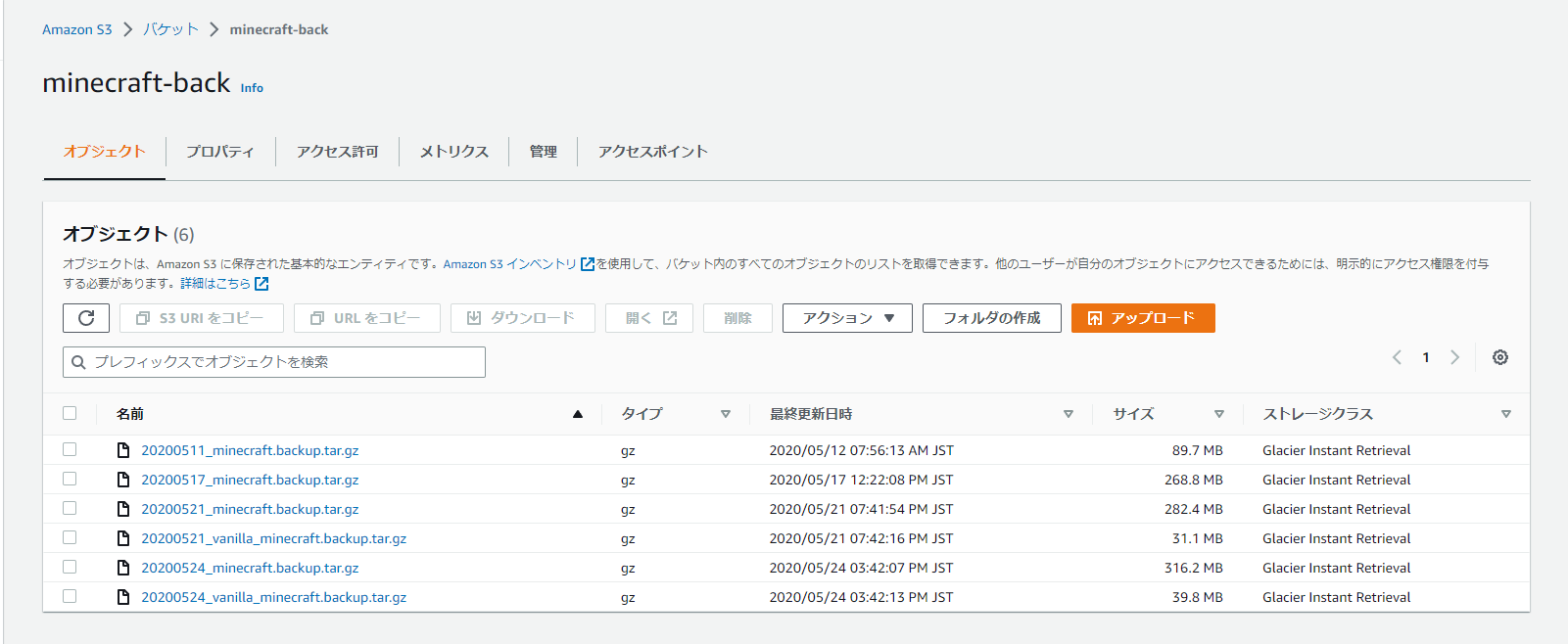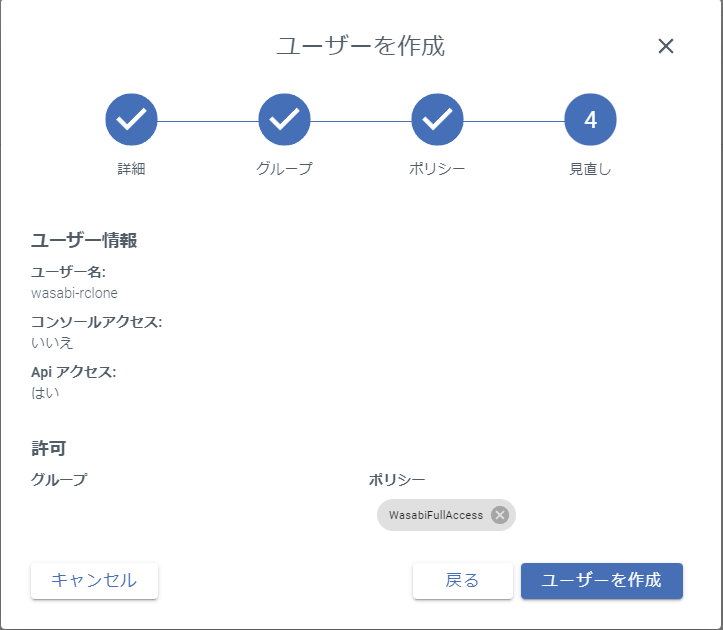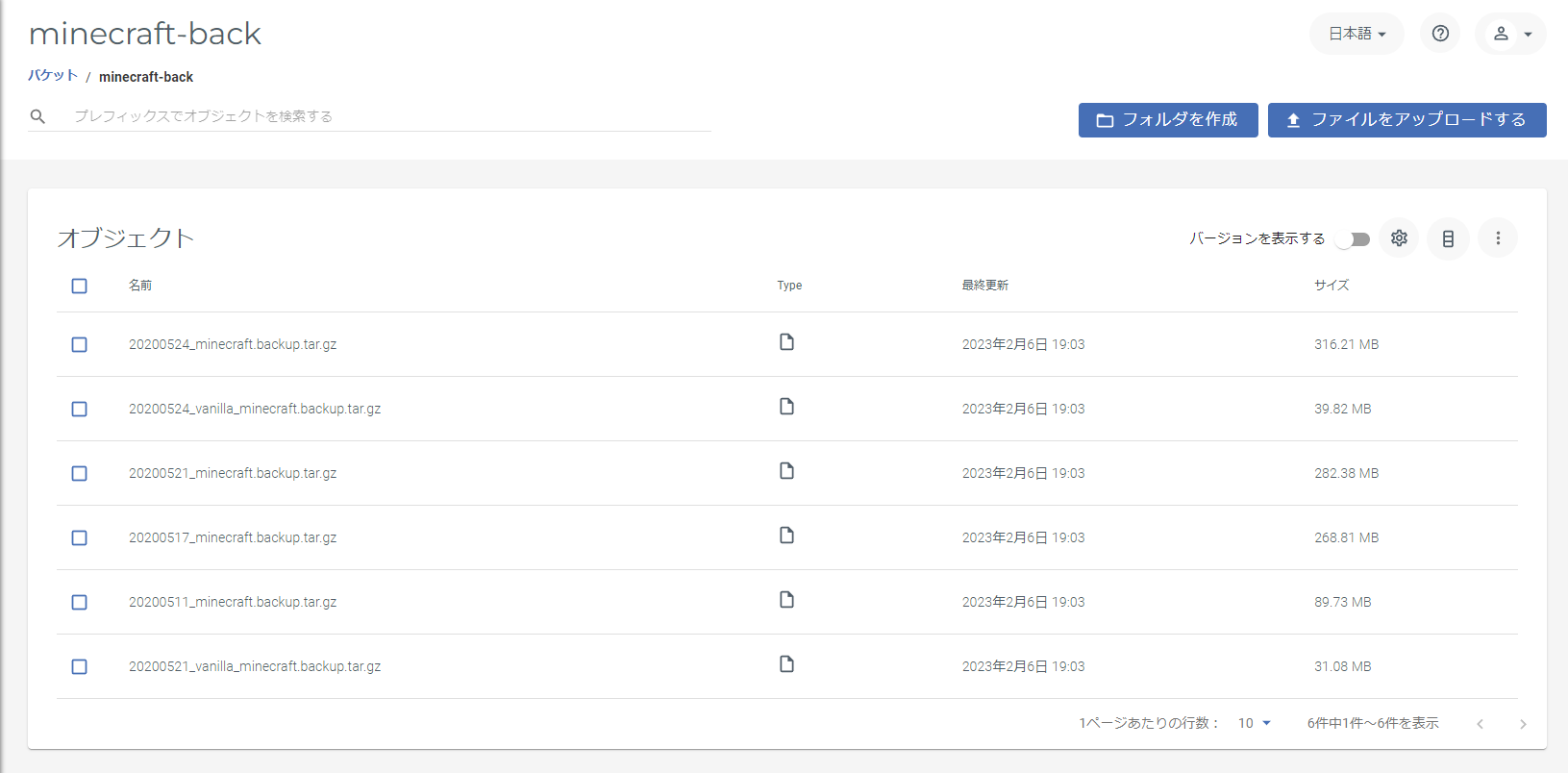1
2
3
4
5
6
7
8
9
10
11
12
13
14
15
16
17
18
19
20
21
22
23
24
25
26
27
28
29
30
31
32
33
34
35
36
37
38
39
40
41
42
43
44
45
46
47
48
49
50
51
52
53
54
55
56
57
58
59
60
61
62
63
64
65
66
67
68
69
70
71
72
73
74
75
76
77
78
79
80
81
82
83
84
85
86
87
88
89
90
91
92
93
94
95
96
97
98
99
100
101
102
103
104
105
106
107
108
109
110
111
112
113
114
115
116
117
118
119
120
121
122
123
124
125
126
127
128
129
130
131
132
133
134
135
136
137
138
139
140
141
142
143
144
145
146
147
148
149
150
151
152
153
154
155
156
157
158
159
160
161
162
163
164
165
166
167
168
169
170
171
172
173
174
175
176
177
178
179
180
181
182
183
184
185
186
187
188
189
190
191
192
193
194
195
196
197
198
199
200
201
202
203
204
205
206
207
208
209
210
211
212
213
214
215
216
217
218
219
220
221
222
223
224
225
226
227
228
229
230
231
232
233
234
235
236
237
238
239
240
241
242
243
244
245
246
247
248
249
250
251
252
253
254
255
256
257
258
259
260
261
262
263
264
265
266
267
268
269
270
271
272
273
274
275
276
277
278
279
280
281
282
283
284
285
286
287
288
289
290
291
292
293
294
295
296
297
298
299
300
301
302
303
304
305
306
307
308
309
310
311
312
313
314
315
316
317
318
319
320
321
322
323
324
325
326
327
328
329
330
331
332
333
334
335
336
337
338
339
340
341
342
343
344
345
346
347
348
349
350
351
352
353
354
355
356
357
358
359
360
361
362
363
364
365
366
367
368
369
370
371
372
373
374
375
376
377
378
379
380
381
382
383
384
385
386
387
388
389
390
391
392
393
394
395
396
397
398
399
400
401
402
403
404
405
406
407
408
409
410
411
412
413
414
415
416
417
418
419
420
421
422
423
424
425
426
427
428
429
430
431
432
433
434
435
436
437
438
439
440
441
442
443
444
445
446
447
448
449
450
451
452
453
454
455
456
457
458
459
460
461
462
463
464
465
466
467
468
469
470
471
| D:\_tool\rclone-v1.61.1-windows-amd64>rclone.exe config
2023/02/06 18:15:54 NOTICE: Config file "C:\\Users\\xxxxx\\AppData\\Roaming\\rclone\\rclone.conf" not found - using defaults
## 新規で作成する。「n」と入力
No remotes found, make a new one?
n) New remote
s) Set configuration password
q) Quit config
n/s/q> n
### 「s3」と入力
Enter name for new remote.
name> s3
### s3を使用するので、「5」と入力
Option Storage.
Type of storage to configure.
Choose a number from below, or type in your own value.
1 / 1Fichier
\ (fichier)
2 / Akamai NetStorage
\ (netstorage)
3 / Alias for an existing remote
\ (alias)
4 / Amazon Drive
\ (amazon cloud drive)
5 / Amazon S3 Compliant Storage Providers including AWS, Alibaba, Ceph, China Mobile, Cloudflare, ArvanCloud, DigitalOcean, Dreamhost, Huawei OBS, IBM COS, IDrive e2, IONOS Cloud, Liara, Lyve Cloud, Minio, Netease, RackCorp, Scaleway, SeaweedFS, StackPath, Storj, Tencent COS, Qiniu and Wasabi
\ (s3)
6 / Backblaze B2
\ (b2)
7 / Better checksums for other remotes
\ (hasher)
8 / Box
\ (box)
9 / Cache a remote
\ (cache)
10 / Citrix Sharefile
\ (sharefile)
11 / Combine several remotes into one
\ (combine)
12 / Compress a remote
\ (compress)
13 / Dropbox
\ (dropbox)
14 / Encrypt/Decrypt a remote
\ (crypt)
15 / Enterprise File Fabric
\ (filefabric)
16 / FTP
\ (ftp)
17 / Google Cloud Storage (this is not Google Drive)
\ (google cloud storage)
18 / Google Drive
\ (drive)
19 / Google Photos
\ (google photos)
20 / HTTP
\ (http)
21 / Hadoop distributed file system
\ (hdfs)
22 / HiDrive
\ (hidrive)
23 / In memory object storage system.
\ (memory)
24 / Internet Archive
\ (internetarchive)
25 / Jottacloud
\ (jottacloud)
26 / Koofr, Digi Storage and other Koofr-compatible storage providers
\ (koofr)
27 / Local Disk
\ (local)
28 / Mail.ru Cloud
\ (mailru)
29 / Mega
\ (mega)
30 / Microsoft Azure Blob Storage
\ (azureblob)
31 / Microsoft OneDrive
\ (onedrive)
32 / OpenDrive
\ (opendrive)
33 / OpenStack Swift (Rackspace Cloud Files, Memset Memstore, OVH)
\ (swift)
34 / Oracle Cloud Infrastructure Object Storage
\ (oracleobjectstorage)
35 / Pcloud
\ (pcloud)
36 / Put.io
\ (putio)
37 / QingCloud Object Storage
\ (qingstor)
38 / SMB / CIFS
\ (smb)
39 / SSH/SFTP
\ (sftp)
40 / Sia Decentralized Cloud
\ (sia)
41 / Storj Decentralized Cloud Storage
\ (storj)
42 / Sugarsync
\ (sugarsync)
43 / Transparently chunk/split large files
\ (chunker)
44 / Union merges the contents of several upstream fs
\ (union)
45 / Uptobox
\ (uptobox)
46 / WebDAV
\ (webdav)
47 / Yandex Disk
\ (yandex)
48 / Zoho
\ (zoho)
49 / premiumize.me
\ (premiumizeme)
50 / seafile
\ (seafile)
Storage> 5
## AWSなので「1」と入力
Option provider.
Choose your S3 provider.
Choose a number from below, or type in your own value.
Press Enter to leave empty.
1 / Amazon Web Services (AWS) S3
\ (AWS)
2 / Alibaba Cloud Object Storage System (OSS) formerly Aliyun
\ (Alibaba)
3 / Ceph Object Storage
\ (Ceph)
4 / China Mobile Ecloud Elastic Object Storage (EOS)
\ (ChinaMobile)
5 / Cloudflare R2 Storage
\ (Cloudflare)
6 / Arvan Cloud Object Storage (AOS)
\ (ArvanCloud)
7 / DigitalOcean Spaces
\ (DigitalOcean)
8 / Dreamhost DreamObjects
\ (Dreamhost)
9 / Huawei Object Storage Service
\ (HuaweiOBS)
10 / IBM COS S3
\ (IBMCOS)
11 / IDrive e2
\ (IDrive)
12 / IONOS Cloud
\ (IONOS)
13 / Seagate Lyve Cloud
\ (LyveCloud)
14 / Liara Object Storage
\ (Liara)
15 / Minio Object Storage
\ (Minio)
16 / Netease Object Storage (NOS)
\ (Netease)
17 / RackCorp Object Storage
\ (RackCorp)
18 / Scaleway Object Storage
\ (Scaleway)
19 / SeaweedFS S3
\ (SeaweedFS)
20 / StackPath Object Storage
\ (StackPath)
21 / Storj (S3 Compatible Gateway)
\ (Storj)
22 / Tencent Cloud Object Storage (COS)
\ (TencentCOS)
23 / Wasabi Object Storage
\ (Wasabi)
24 / Qiniu Object Storage (Kodo)
\ (Qiniu)
25 / Any other S3 compatible provider
\ (Other)
provider> 1
## アクセスキーID/シークレットアクセスキーで認証するので「1」と入力
Option env_auth.
Get AWS credentials from runtime (environment variables or EC2/ECS meta data if no env vars).
Only applies if access_key_id and secret_access_key is blank.
Choose a number from below, or type in your own boolean value (true or false).
Press Enter for the default (false).
1 / Enter AWS credentials in the next step.
\ (false)
2 / Get AWS credentials from the environment (env vars or IAM).
\ (true)
env_auth> 1
## アクセスキーIDの入力
Option access_key_id.
AWS Access Key ID.
Leave blank for anonymous access or runtime credentials.
Enter a value. Press Enter to leave empty.
access_key_id> *****************
## シークレットアクセスキーの入力
Option secret_access_key.
AWS Secret Access Key (password).
Leave blank for anonymous access or runtime credentials.
Enter a value. Press Enter to leave empty.
secret_access_key> *****************
## リージョンは東京なので、「14」と入力
Option region.
Region to connect to.
Choose a number from below, or type in your own value.
Press Enter to leave empty.
/ The default endpoint - a good choice if you are unsure.
1 | US Region, Northern Virginia, or Pacific Northwest.
| Leave location constraint empty.
\ (us-east-1)
/ US East (Ohio) Region.
2 | Needs location constraint us-east-2.
\ (us-east-2)
/ US West (Northern California) Region.
3 | Needs location constraint us-west-1.
\ (us-west-1)
/ US West (Oregon) Region.
4 | Needs location constraint us-west-2.
\ (us-west-2)
/ Canada (Central) Region.
5 | Needs location constraint ca-central-1.
\ (ca-central-1)
/ EU (Ireland) Region.
6 | Needs location constraint EU or eu-west-1.
\ (eu-west-1)
/ EU (London) Region.
7 | Needs location constraint eu-west-2.
\ (eu-west-2)
/ EU (Paris) Region.
8 | Needs location constraint eu-west-3.
\ (eu-west-3)
/ EU (Stockholm) Region.
9 | Needs location constraint eu-north-1.
\ (eu-north-1)
/ EU (Milan) Region.
10 | Needs location constraint eu-south-1.
\ (eu-south-1)
/ EU (Frankfurt) Region.
11 | Needs location constraint eu-central-1.
\ (eu-central-1)
/ Asia Pacific (Singapore) Region.
12 | Needs location constraint ap-southeast-1.
\ (ap-southeast-1)
/ Asia Pacific (Sydney) Region.
13 | Needs location constraint ap-southeast-2.
\ (ap-southeast-2)
/ Asia Pacific (Tokyo) Region.
14 | Needs location constraint ap-northeast-1.
\ (ap-northeast-1)
/ Asia Pacific (Seoul).
15 | Needs location constraint ap-northeast-2.
\ (ap-northeast-2)
/ Asia Pacific (Osaka-Local).
16 | Needs location constraint ap-northeast-3.
\ (ap-northeast-3)
/ Asia Pacific (Mumbai).
17 | Needs location constraint ap-south-1.
\ (ap-south-1)
/ Asia Pacific (Hong Kong) Region.
18 | Needs location constraint ap-east-1.
\ (ap-east-1)
/ South America (Sao Paulo) Region.
19 | Needs location constraint sa-east-1.
\ (sa-east-1)
/ Middle East (Bahrain) Region.
20 | Needs location constraint me-south-1.
\ (me-south-1)
/ Africa (Cape Town) Region.
21 | Needs location constraint af-south-1.
\ (af-south-1)
/ China (Beijing) Region.
22 | Needs location constraint cn-north-1.
\ (cn-north-1)
/ China (Ningxia) Region.
23 | Needs location constraint cn-northwest-1.
\ (cn-northwest-1)
/ AWS GovCloud (US-East) Region.
24 | Needs location constraint us-gov-east-1.
\ (us-gov-east-1)
/ AWS GovCloud (US) Region.
25 | Needs location constraint us-gov-west-1.
\ (us-gov-west-1)
region> 14
## エンドポイントはデフォルトを使用するので入力なしでエンター
Option endpoint.
Endpoint for S3 API.
Leave blank if using AWS to use the default endpoint for the region.
Enter a value. Press Enter to leave empty.
endpoint>
## リージョンは東京なので「14」と入力
Option location_constraint.
Location constraint - must be set to match the Region.
Used when creating buckets only.
Choose a number from below, or type in your own value.
Press Enter to leave empty.
1 / Empty for US Region, Northern Virginia, or Pacific Northwest
\ ()
2 / US East (Ohio) Region
\ (us-east-2)
3 / US West (Northern California) Region
\ (us-west-1)
4 / US West (Oregon) Region
\ (us-west-2)
5 / Canada (Central) Region
\ (ca-central-1)
6 / EU (Ireland) Region
\ (eu-west-1)
7 / EU (London) Region
\ (eu-west-2)
8 / EU (Paris) Region
\ (eu-west-3)
9 / EU (Stockholm) Region
\ (eu-north-1)
10 / EU (Milan) Region
\ (eu-south-1)
11 / EU Region
\ (EU)
12 / Asia Pacific (Singapore) Region
\ (ap-southeast-1)
13 / Asia Pacific (Sydney) Region
\ (ap-southeast-2)
14 / Asia Pacific (Tokyo) Region
\ (ap-northeast-1)
15 / Asia Pacific (Seoul) Region
\ (ap-northeast-2)
16 / Asia Pacific (Osaka-Local) Region
\ (ap-northeast-3)
17 / Asia Pacific (Mumbai) Region
\ (ap-south-1)
18 / Asia Pacific (Hong Kong) Region
\ (ap-east-1)
19 / South America (Sao Paulo) Region
\ (sa-east-1)
20 / Middle East (Bahrain) Region
\ (me-south-1)
21 / Africa (Cape Town) Region
\ (af-south-1)
22 / China (Beijing) Region
\ (cn-north-1)
23 / China (Ningxia) Region
\ (cn-northwest-1)
24 / AWS GovCloud (US-East) Region
\ (us-gov-east-1)
25 / AWS GovCloud (US) Region
\ (us-gov-west-1)
location_constraint> 14
## ACLは privateなので「1」とする
Option acl.
Canned ACL used when creating buckets and storing or copying objects.
This ACL is used for creating objects and if bucket_acl isn't set, for creating buckets too.
For more info visit https://docs.aws.amazon.com/AmazonS3/latest/dev/acl-overview.html#canned-acl
Note that this ACL is applied when server-side copying objects as S3
doesn't copy the ACL from the source but rather writes a fresh one.
If the acl is an empty string then no X-Amz-Acl: header is added and
the default (private) will be used.
Choose a number from below, or type in your own value.
Press Enter to leave empty.
/ Owner gets FULL_CONTROL.
1 | No one else has access rights (default).
\ (private)
/ Owner gets FULL_CONTROL.
2 | The AllUsers group gets READ access.
\ (public-read)
/ Owner gets FULL_CONTROL.
3 | The AllUsers group gets READ and WRITE access.
| Granting this on a bucket is generally not recommended.
\ (public-read-write)
/ Owner gets FULL_CONTROL.
4 | The AuthenticatedUsers group gets READ access.
\ (authenticated-read)
/ Object owner gets FULL_CONTROL.
5 | Bucket owner gets READ access.
| If you specify this canned ACL when creating a bucket, Amazon S3 ignores it.
\ (bucket-owner-read)
/ Both the object owner and the bucket owner get FULL_CONTROL over the object.
6 | If you specify this canned ACL when creating a bucket, Amazon S3 ignores it.
\ (bucket-owner-full-control)
acl> 1
## サーバ暗号は使用していないので「1」と入力
Option server_side_encryption.
The server-side encryption algorithm used when storing this object in S3.
Choose a number from below, or type in your own value.
Press Enter to leave empty.
1 / None
\ ()
2 / AES256
\ (AES256)
3 / aws:kms
\ (aws:kms)
server_side_encryption> 1
## KMSは使用していないので 「1」と入力
Option sse_kms_key_id.
If using KMS ID you must provide the ARN of Key.
Choose a number from below, or type in your own value.
Press Enter to leave empty.
1 / None
\ ()
2 / arn:aws:kms:*
\ (arn:aws:kms:us-east-1:*)
sse_kms_key_id> 1
## ストレージクラスは Glacier Instant Retrievalなので「9」と入力
Option storage_class.
The storage class to use when storing new objects in S3.
Choose a number from below, or type in your own value.
Press Enter to leave empty.
1 / Default
\ ()
2 / Standard storage class
\ (STANDARD)
3 / Reduced redundancy storage class
\ (REDUCED_REDUNDANCY)
4 / Standard Infrequent Access storage class
\ (STANDARD_IA)
5 / One Zone Infrequent Access storage class
\ (ONEZONE_IA)
6 / Glacier storage class
\ (GLACIER)
7 / Glacier Deep Archive storage class
\ (DEEP_ARCHIVE)
8 / Intelligent-Tiering storage class
\ (INTELLIGENT_TIERING)
9 / Glacier Instant Retrieval storage class
\ (GLACIER_IR)
storage_class> 9
## 詳細設定はしないので「n」
Edit advanced config?
y) Yes
n) No (default)
y/n> n
##
Configuration complete.
Options:
- type: s3
- provider: AWS
- access_key_id: ***********************
- secret_access_key: ***********************
- region: ap-northeast-1
- location_constraint: ap-northeast-1
- acl: private
- storage_class: GLACIER_IR
Keep this "s3" remote?
y) Yes this is OK (default)
e) Edit this remote
d) Delete this remote
y/e/d> y
Current remotes:
Name Type
==== ====
s3 s3
e) Edit existing remote
n) New remote
d) Delete remote
r) Rename remote
c) Copy remote
s) Set configuration password
q) Quit config
e/n/d/r/c/s/q> q
|
